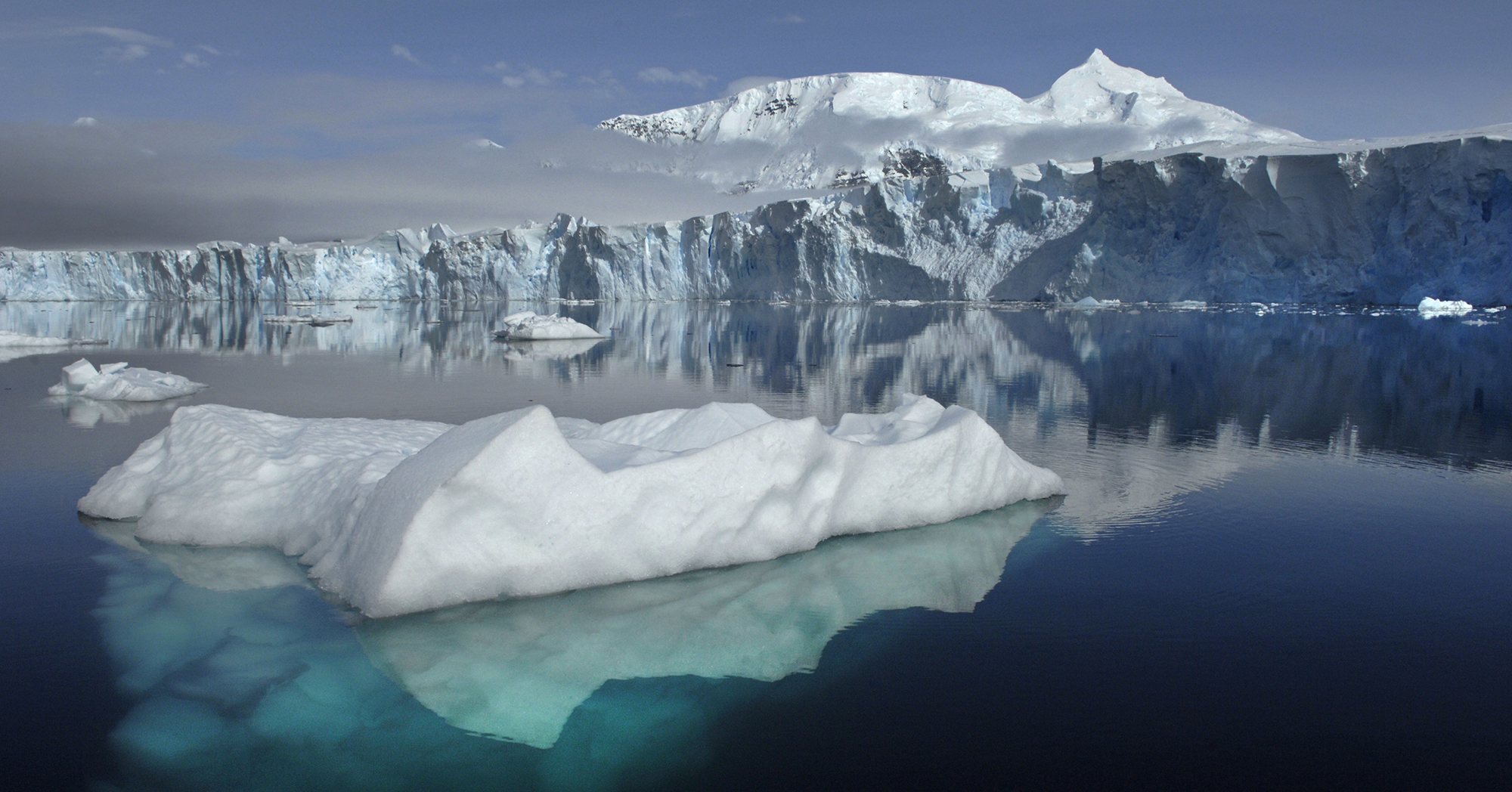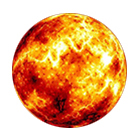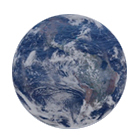
Earth's extremes
The earth looks very different in different places. We know our world as the "Blue Planet", dominated by oceans. But around the poles are thick ice sheets, and in other places hot magma flows up from the Earth's inner core.
There are three completely different worlds that affect - and are affected by large and complex climatological, geological, and astronomical processes.
You can also think of the different environments as peepholes into the history of our planet. When the Earth was a new planet, it was a glowing globe with lava lakes and fire-breathing volcanoes. But when the planet had cooled down and could have liquid water, we got our great oceans. Scientists also believe that there have been extreme cold periods when the entire planet has been covered by ice like a large snowball - a phenomenon called "Snowball Earth".
The exhibition in Vattenhallen illustrates the Earth's phases with the help of three spheres where you can stick your head in and get a feel for our extreme environments:
- The red globe shows movements in the Earth's glowing interior.
- The white globe illustrates our ice and glaciers.
- The blue globe illustrates the oceans, which are the most characteristic of the surface of our blue planet today.
The exhibition illustrates how different environments on our planet affect the Earth’s development:
The red globe

The red globe shows Earth’s hot entrails – where inner movement (convection streams in the Earth’s mantle) make the Earth’s crust move and reform over millions of years – known as plate tectonics (or, somewhat outdated, ‘continental drift’). These processes created mountain ranges and volcanos and they are what break down old rock and form new crust. These were the most important processes in the earliest history of the Earth.
The white globe

The white globe illustrates the ice that exists at the poles today and the glaciers on our highest mountains. Cold environments are today limited to the areas that do not receive a lot of sunlight or are situated at high altitude, however, previously in the planet’s history there have been times when the Earth has been covered by ice all the way to the equator (such as during ”Snowball Earth”, more than 600 million years ago). There have also been periods, both in the early years of the planet and later throughout its geological history, when there was no ice at all.
The blue globe

The blue globe depicts the oceans, which are the most distinctive feature of the surface of our blue planet today. Around 70% of the planet is covered by ocean. And it is also in the oceans that much of life on Earth can be found. A significant proportion of Earth’s photosynthesis takes place in the oceans, where algae and plankton absorb carbon dioxide and produce oxygen. The oceans are also an important reservoir to chemically store carbon dioxide in the slow carbon cycle.
You can read more about the film at underseaproductions website, where Josh Jensen has put together a summary of what has been filmed.
